Full Time RV Living – How To Live In an RV
Traveling the open road and living out of an RV full-time has become more and more popular with people being able to work on the road. RVing used to be seen as an older or rich person way of living, but the times have changed. The RV or Van Life as available for anyone, wether retired, working or not working!
So many young and middle aged people, couples and families are hitting the road full-time. Before purchasing anything, it is important to know how to live in an RV, how much it cost and all the other aspects of RV life. We felt so overwhelmed before we hit the road! We learned most of our information once we actually hit the road full-time, but researching before hand sure did help.
RVing Full Time – Can You Travel in an RV Year Round?
This first question anyone needs to ask themselves is, can you imagine living in a much smaller and confined space than a home. If the answer is yes, start thinking about how your job or life could be transferred in an RV.
- Working Online – If you work remotely there are plenty of internet options out there to be able to work online in an RV. We ourselves work completely online and have two hotspot plans (Verizon / AT&T) that work great! We will go in more detail about the internet and what options possibly work best for your needs later!
- Working in Person – If your job is stationary or only moves around every few months, RV parks are can be affordable with monthly or yearly rates. We have seen RV parks for as low as $250 per month and up to $2000, with the average being around $750.
- Retired – You can do whatever you want!
Looking for ways to make money while living on the road? Read our blog on the Top 5 Jobs for Full-Time Rvers
Another super important factor is to consider what type of RV lifestyle will work best for you. Do you want to move around once a week, once a month or only a few times a year. If you are required to stay in the Northern United States during winter, finding an RV park will become more difficult and you will have less options. The majority of RV parks close down in winter months due to less tourist, freezing water lines and much more!
If you are retired or able to travel for work, then RVing full time could be possible. It can be really affordable also, which seems to surprise a-lot of people.
This article is broken down into different sections to help go over how to prepare to live in an RV!
- Choosing a type of Camper
- Boondocking vs RV Parks
- Cost of Solar vs Campsites per year
- RV Internet Options & Working on the Road
RVing Full Time – Best RV to live in full time?
The toughest decision of full time rv living is converting down to an RV and choosing what options work best for you. There are so many different options out there such as 5th Wheels, Class A, Class C, Vans, Buses, Travel Trailers and more! This can become overwhelming as they all have benefits and downfalls compare to one another.
It’s important to understand what type of travel, work and lifestyle you want before making a purchase. We speak from experience as we originally bought a 19ft Geo Pro, before realizing we wanted a larger Class A motorhome for more space! We both work full-time on the road on the RV, and needed a larger camper with the amount of time we spend inside. Here is a list of the different types of RV’s and campers for RVing full time.
- 5th Wheels: The most spacious and roomy option on the market. Great for large families and long stays.
- Pros – So much space, larger water tanks & propane, can haul motorcycles and gear
- Cons – $$$, Need Full-size truck, Long to setup and breakdown
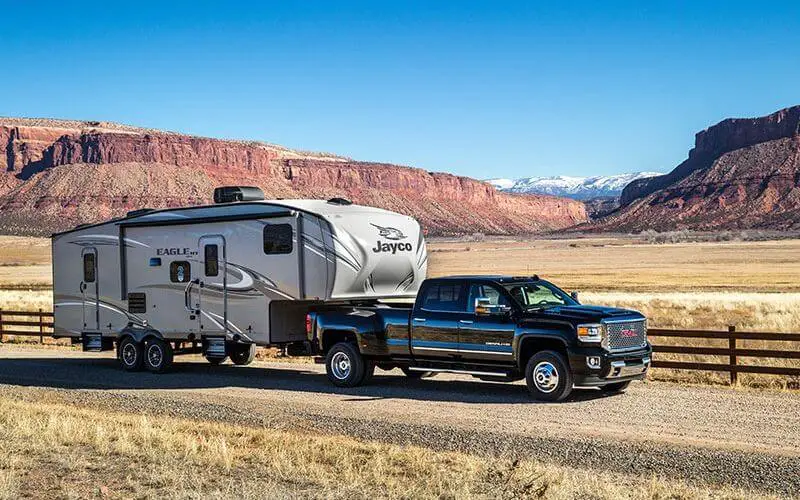
- Class A – The most popular RV for full timers, spacious, can move often or stay long term, plenty of storage.
- Pros – Driveable RV, plenty of room for a couple, don’t need an extra vehicle, have access to everything while driving
- Cons – Not as spacious as 5th wheel for a family with kids, expensive to fix/maintain, most expensive option new
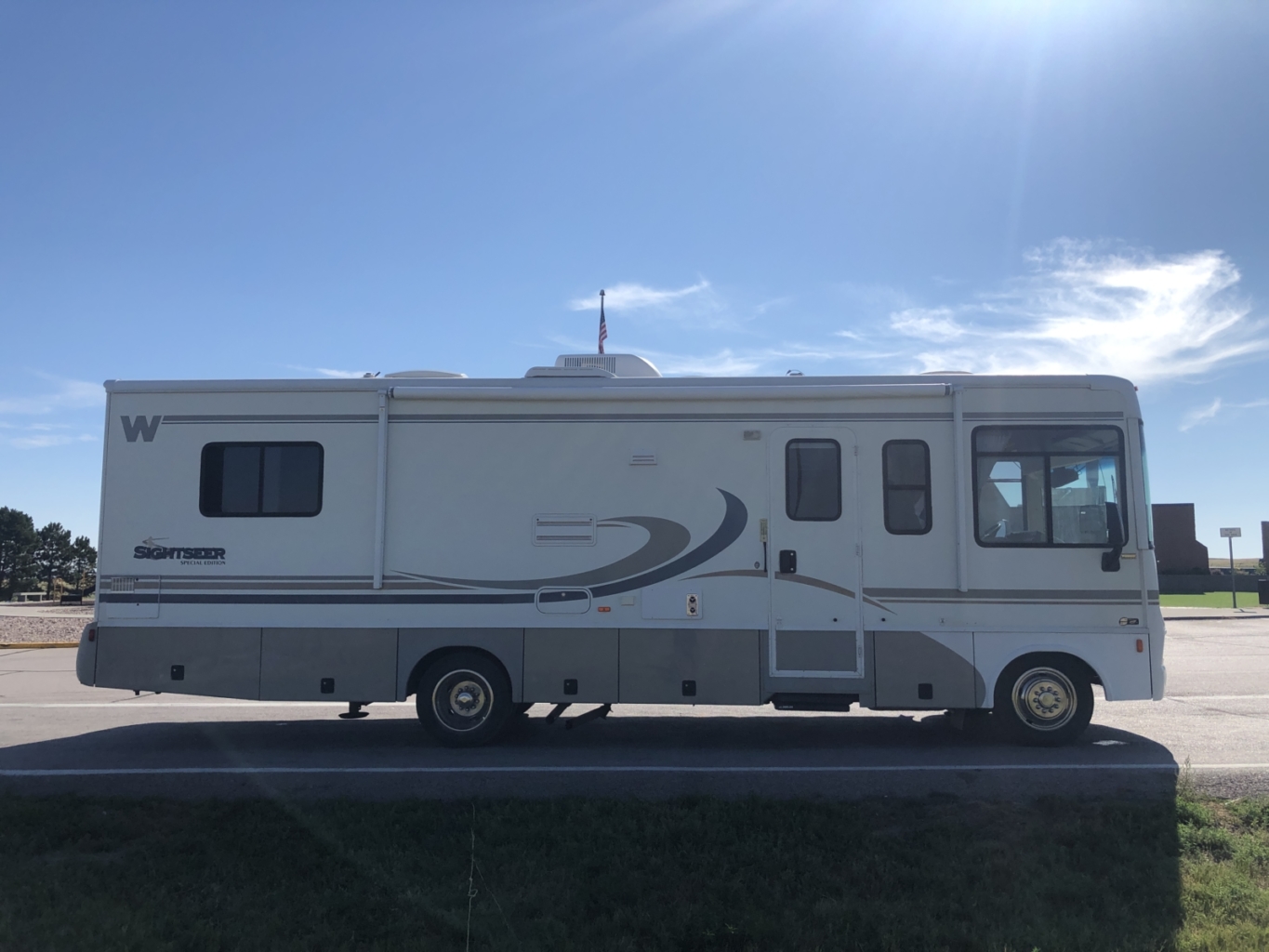
- Class C – Vary greatly in size (19ft – 35ft+), has extra bed above drivers seat, great for moving around more
- Pros – Easier to drive than Class A, lighter than Class A, cheaper (used & new), storage, small ones can be 4×4
- Cons – Small tank sizes, prone to water leaks (front area), low ground clearance, low towing capabilities
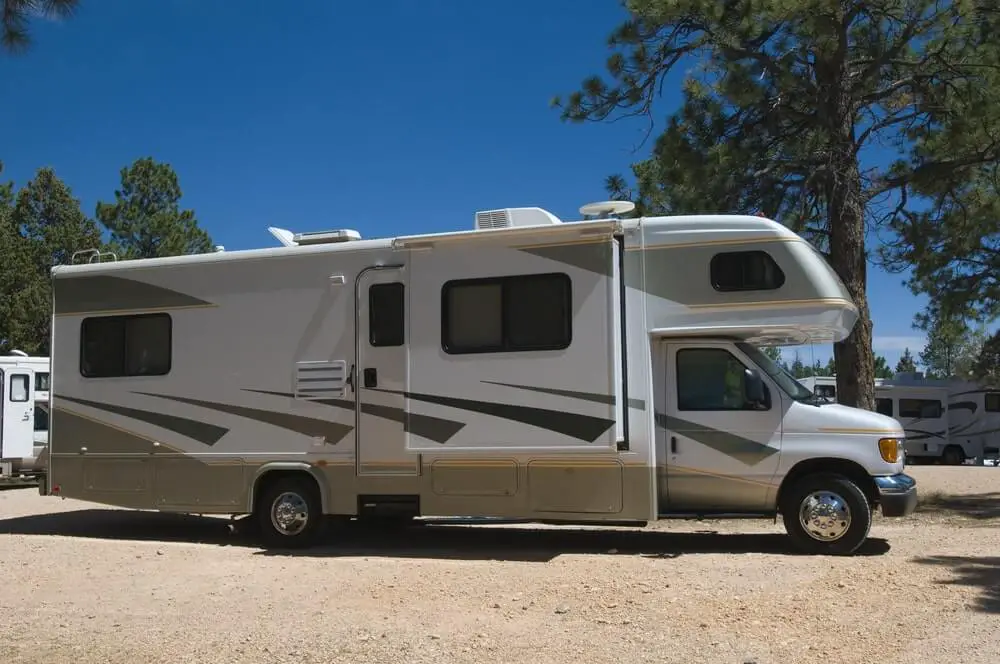
- Van – Generally the go to option for people always on the move and has great gas mileage.
- Pros – Great for always traveling, good mpg, 4wd options, great for 1 person, camp incognito, customizeable
- Cons – Small space, no slide outs, small tank sizes, need solar, little storage options (roof or rear)
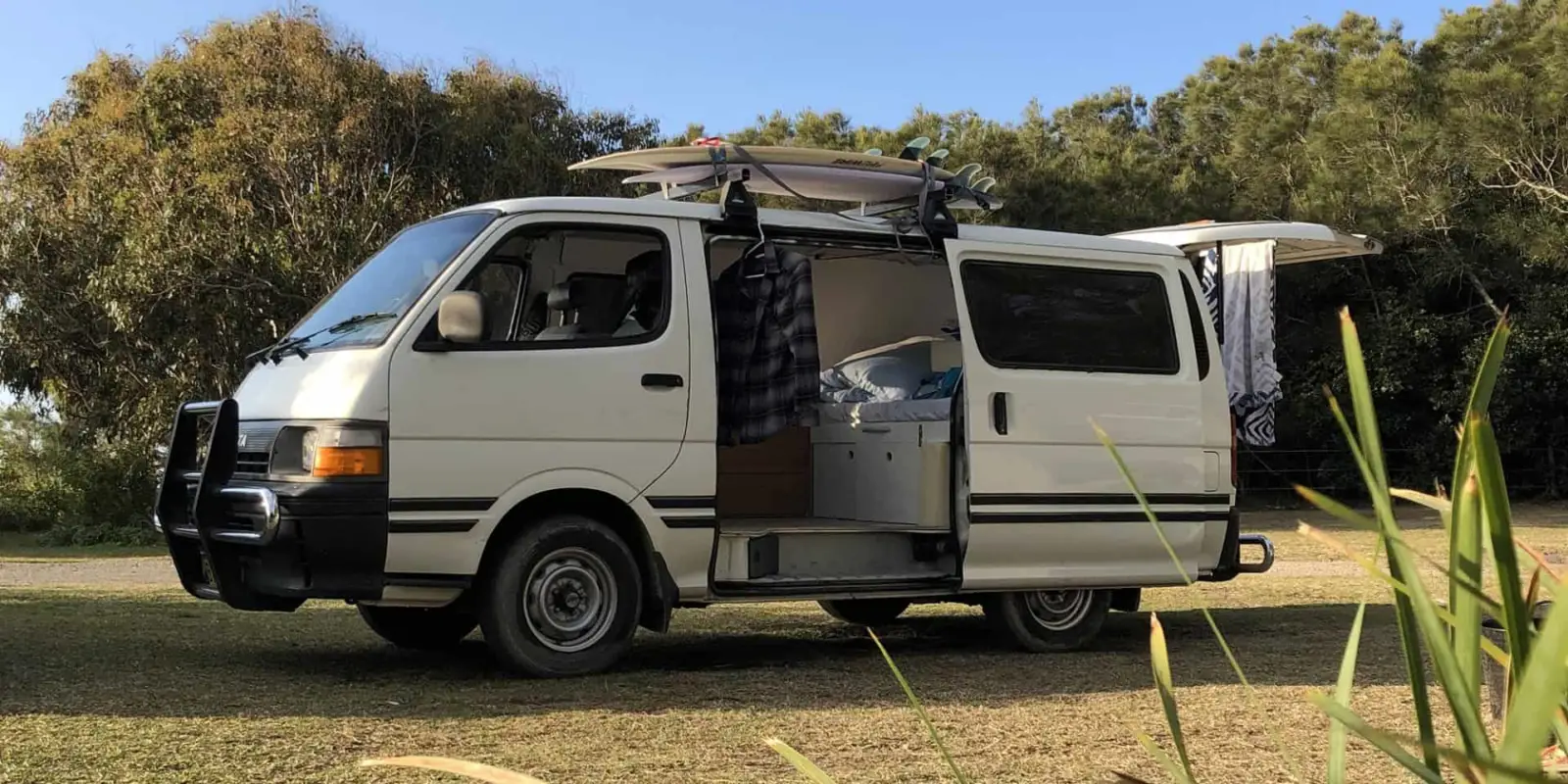
- Skoolie – Converted school bus or transit bus that range in size, and are totally customizable and great for boondocking
- Pros – 100% customizable, cheap if you do all the work, rooftop deck, high ground clearance, ITS A SKOOLIE!
- Cons – A-lot of work to convert, poor mpg, no slide outs, short ceiling, expensive tires
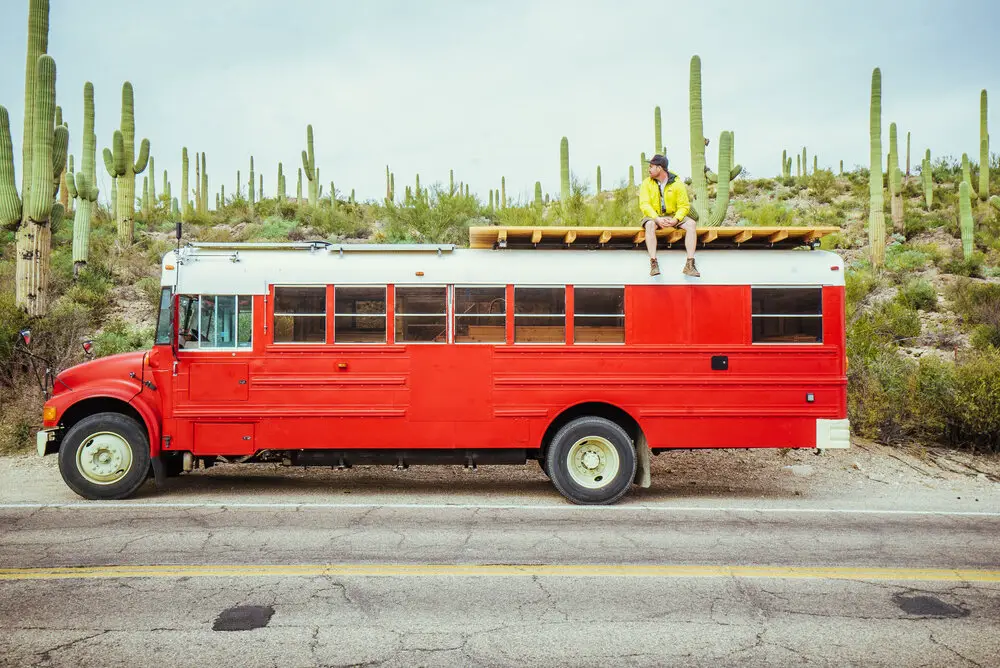
- Travel Trailer – Probably the cheapest option for a-lot of space that is ready to hit the road.
- Pros – Cheap, lots of space, cheap to repair, good tank sizes, portable propane, can haul toys
- Cons – Need a full size truck to pull larger TT’s, “move side to side” a-lot when camped, can have poor build quality
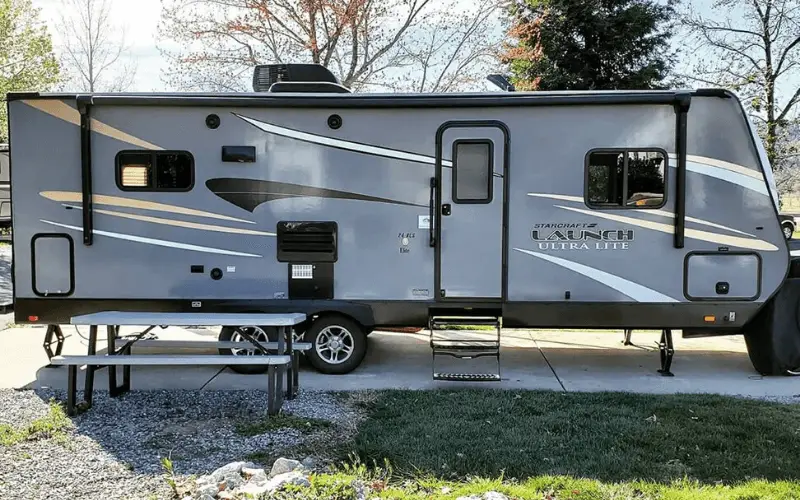
Choosing which type of RV, camper or van fits your needs best is such an important part. There are so many stories of people buying a van, then upgrading to a travel trailer, and upgrading again to a large fifth wheel. We originally went from a 22ft class c, to a Geo Pro and now to our Class A.
Make sure you take your time, go to RV stores and research before making a decision and having to upgrade in a few months.
Boondocking vs RV Parks? Living in RV full time –
This truly comes down to personal preference and how much money you can afford to spend on RV parks or a solar array. We personally prefer to boondock over going to RV parks, because we get to have amazing views and scenery for FREE!
When it comes to camping in an RV there are really only two options, Boondocking and Campsites. Wether its a state park, national park, RV park or anything in between they are all considered campsites when you have to pay. Boondocking is generally completely FREE.
To boondock you will need a solar setup, which will cost at least $2000 for a basic setup. Campsites vary so much in price that there really is no average, but we have seen rates from $250 to $3000 per month. It all depends on where you are camping and what time of year.
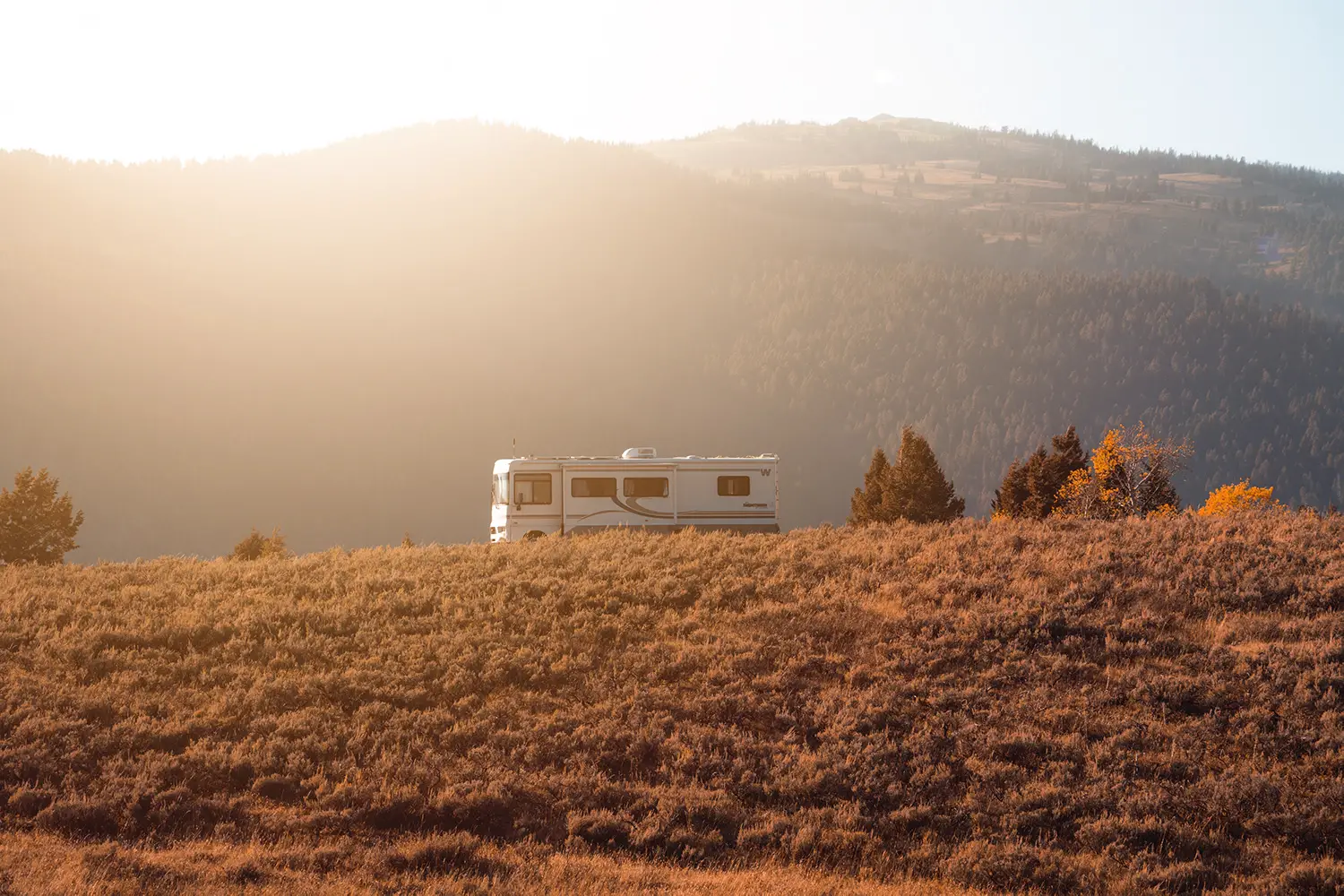
Most boondocking destinations such as BLM or National Forest areas allow for stays up to 14 days at a time. Some areas in California and Arizona have LTVA (Long Term Visitor Areas) which allow for multiple month stays while boondocking. This is super popular among snowbirds (people who move south for winter) because southern Arizona and California are in the 70’s.
Boondocking is when you are able to camp with no hookups for free on government land. This means that there is no water, electric or sewer hookups, which means your RV needs to have decent size tanks. Boondocking is a great way to stay close to nature and have space to spread out and relax while camping. We have boon-docked for 6 months straight and have not had to pay for any of our 14 day stays.
We generally stay at one location for 7-14days at a time, and then we are usually out of water or propane. This works out perfect for us, but some people with larger RV’s are able to stay out for three weeks or even month at a time. Our Class A has 66 gallons of Fresh Water, 42 gallons of black and grey and a 20 gallon propane tank. You can only fill propane tanks 3/4 of the way which means we really only have 15. Boondocking also requires a solar system, which we will get into later in this article.
If you plan on boondocking most of the time and want to stay put, make sure your RV has a large fresh water tank and propane tank. Anything above 75 gallons will be fine for two people, but would recommend at least 100 gallons for a family for 14 days. It would be nice if we had 80+ gallons because we could take longer shows and not have to be so conservative on water. This is a huge factor in choosing an RV to live on the road while boondocking. If you plan on stay at RV parks, your water tank sizes won’t matter much at all. Overall boondocking has a larger upfront cost for the solar system and batteries, but cheaper in the long run if you are full-time.
Campsites can range drastically in price depending on where you stay and how long. We have only stayed at a few RV parks over the last year of living on the road full-time. Our stays include; South Dakota which was around $300 per week, while a stay outside of Glacier in Montana was $500 for 12 days and an RV Park in Yuma Arizona which was $450 for an entire month. This show’s just how different pricing can be for RV parks, but you will always get the best deal if you stay for an entire month.
If you plan on moving only a few times a year, monthly stays at RV parks will be your best bet. You can also do yearly stays which will get you an ever better deal.
Let’s do the math – Cheapest Ways to Travel Full-time
If you are not sure which type of RVing you want to do, you can always do a little mix of both. Get a simple solar setup without breaking the bank and also go to RV parks. Save 15% on Lithium Batteries at Lion Energy.
A complex solar setup can cost upwards of $10,000 with a professional installation.
Simple Solar Setup – $1,000 (400w Solar, MPPT Charger, AGM batteries, factory inverter)
Most DIY people should be able to install this on their RV themselves. This solar system would be great for simple boondocking. You will be able to watch TV, charge phones and use all your lights. If you require a-lot of power while working this won’t work for you.
Moderate Solar Setup – $4,000 (1000w of Solar, MPPT Charger, AGM Batteries, 3000w inverter)
A setup with 1000w of solar will be able to charge most battery banks on a sunny day. A 3000w inverter will allow you to use a microwave, coffee pot, hair dryer and even an AC for limited periods. Depending on what year RV and if it has an inverter, this could be a DIY install.
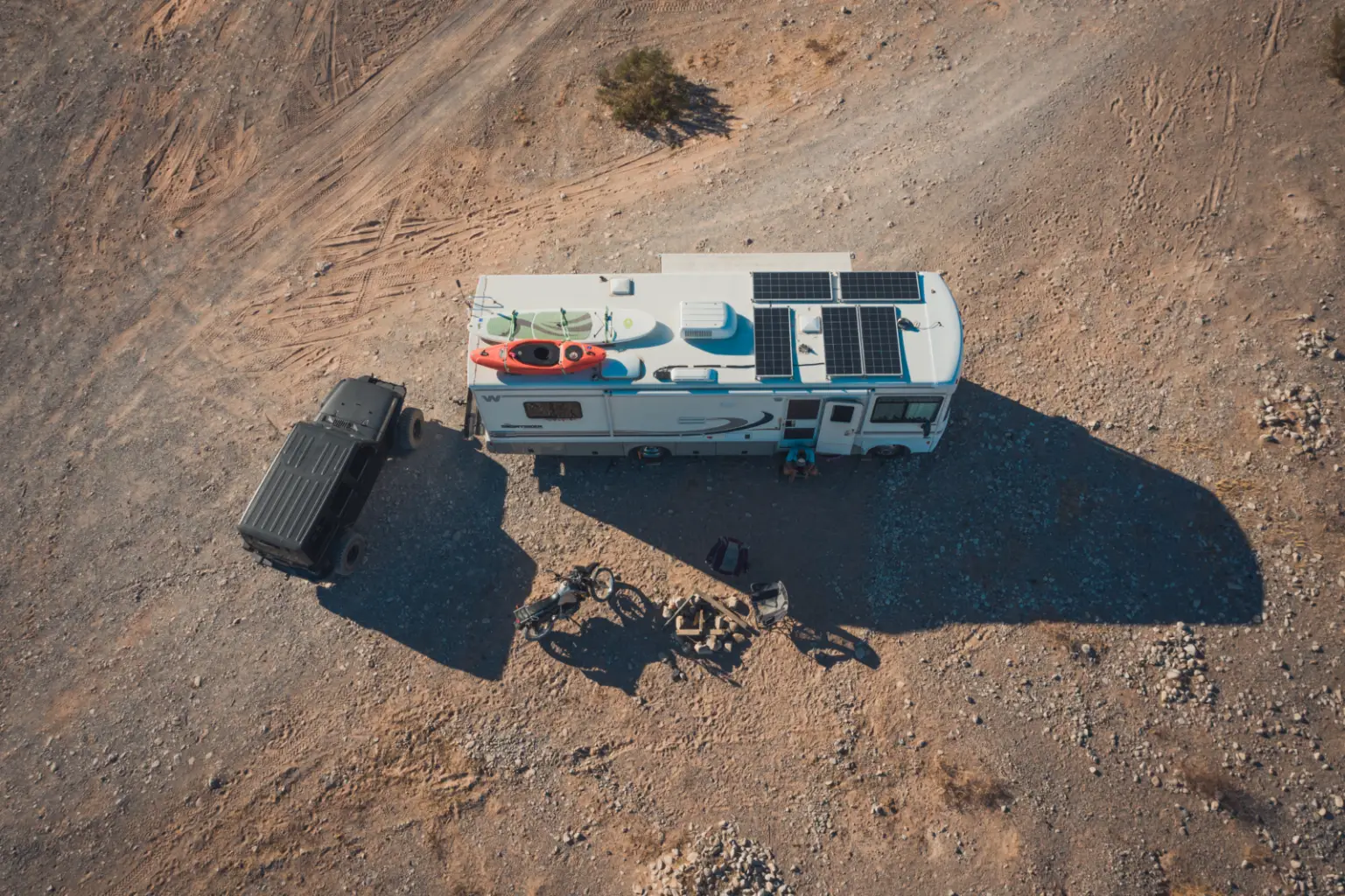
Full-time Boondocking Setup – $10,000+ (2000w of Solar, MPPT Charger, 400ah+ Lithium Batteries, 3000w inverter)
If you have an older RV or camper with no inverter you will most likely need a professional to install your system. This can be expensive and cost over $3000 in labor alone. This solar system will be able to power most people full-time and have enough battery power to last for cloudy days.
RV Parks – Considering do Monthly or Weekly stays for better prices!
Campsites prices are all over the place, but in general you should expect to pay between $500-$1500 per month.
12 Month’s at $1,500 per month = $18,000 per year
12 Month’s at $1000 per month – $12,000 per year
12 Month’s at $500 per month – $6,000 per year
This goes to show how paying for a full-time boondocking setup, can actually save you money in the long run. Depending on how long you want to live on the road, boondocking can be a-lot more cost efficient in the long run.
Our Recommended Solar Panels – 100w-200w
- 100w Panel – Newpowa Solar Panel
- 2oow panel – Newpowa Solar Panel
- 300w portable panel – Dokio Solar
RV Internet Options – Working in an RV Full time
There are plenty of different ways to get internet, watch TV and surf the internet while on the road. There are different options out there for anyone at all different price points. You can use satellite, hotspots devices, campsite wifi, phone hotspots, or cafes wifi.
Our favorite option is an unlimited AT&T hotspot plan, which will allow you to work, watch TV and even join zoom calls.
Our favorite hotspot device is a Net-gear Nighthawk M1 with an unlimited AT&T hotspot plan. Prices can range from $100 per month to $150. Your best bet is to purchase the Nighthawk M1 and an unlimited plan with a company such as reliable internet, bix wireless or EZ-COM LLC. The only company on this list that offers a Verizon plan is EZ-COM which is great, but we have had better luck with AT&T across the country.
For more in-depth RV Internet information check out RVMobileInternet.com.
Most hotspot plans allow up to 500gb per month until possible throttling will come into effect. The majority of you campers will never even get close to 250gb let alone 500gb. We work full-time in our RV while doing up to 4 zoom calls at once and use around 400gb-750gb per month. This is why we have both an AT&T and Verizon plan, incase we get throttled.
If you don’t need to have great internet, or are retired and don’t work you might be fine without a hotspot. You can either use campsite wifi or if your boondocking you can turn your phone into a hotspot to watch TV or use your laptop.
Don’t ever assume that you will be able to work on a campsites wifi. The majority of campsites wifi is absolutely horrible, and some were barely good enough to search on google.
Our best recommendation would be to purchase a mobile hotspot and then get a 3rd party unlimited AT&T plan. This is generally the cheapest unlimited option, and gives you the ability to stop the service at anytime, as there are no contracts.
Cost of Living in an RV Fulltime –
Cost can very greatly depending on how much you move around and what types of accommodations you use. This is our breakdown for our monthly cost of living while boondocking. We move to a new location every 7-14 days on average with the RV flat towing our Jeep. We do not drive anywhere for work, but often go exploring in the Jeep on weekends which adds on the miles.
Gas – $250 per month (RV) / $200 per month (Jeep)
Propane – $65 per month which runs our Heat, Water Heater, Fridge and Stovetop.
Groceries – $500 per month – This includes our monthly dog food
Dumping/Water – $20 per month – Dumping usually ranges from $0 – $10 and water fill ups are $0 – $5.
Internet – $250 per month – We have an unlimited AT&T and Verizon plan because we use so much internet.
BLM & Campsites – $25 per month – We boondock for free 95% of the time, but when we have no other option we stay at campsites.
Laundry – $15 per month – We generally do laundry every 2-3 weeks and certain laundromats are very expensive.
Car Insurance – $110 per month (RV) / $85 per month (Jeep)
Total Expenses = $1520 total = $760 per person per month
We have a bunch of smaller expenses as well such as quickbooks, adobe, Netflix, planet fitness and more. This total above is all the necessary and required expenses to live on the road which is why we didn’t include Netflix and others.
Our camper was paid in cash so there is no loan, and our solar system was a one time purchase which is why its not included.
Monthly prices for full-timing can change drastically depending on where you camp, how often you move and wether or not you have a loan. The best way to keep prices low is to boondock and stay in warm places that require less propane. We once went a full 31 days on a tank of propane which is 30-40$.
RVing Full-time – Freedom
Living on the road is not for everyone, and it can even get tiring for us. You have limited space, constantly moving and packing up. Another huge downside to living on the road is that you won’t have friends or family nearby. Unless you are traveling with a group of full-timers it can become hard to make friends, especially when boondocking.
Living on the road full-time gives us the sense of freedom we had wanted for years. We wanted to explore the United States as much as possible while young and to figure out where we would eventually want to live. Traveling full-time has also brought out so many new passions and we have tried a bunch of new sports. If you are planning on bringing you fur baby with you, be sure to checkout our blog on Rving with Dogs – Must have items!

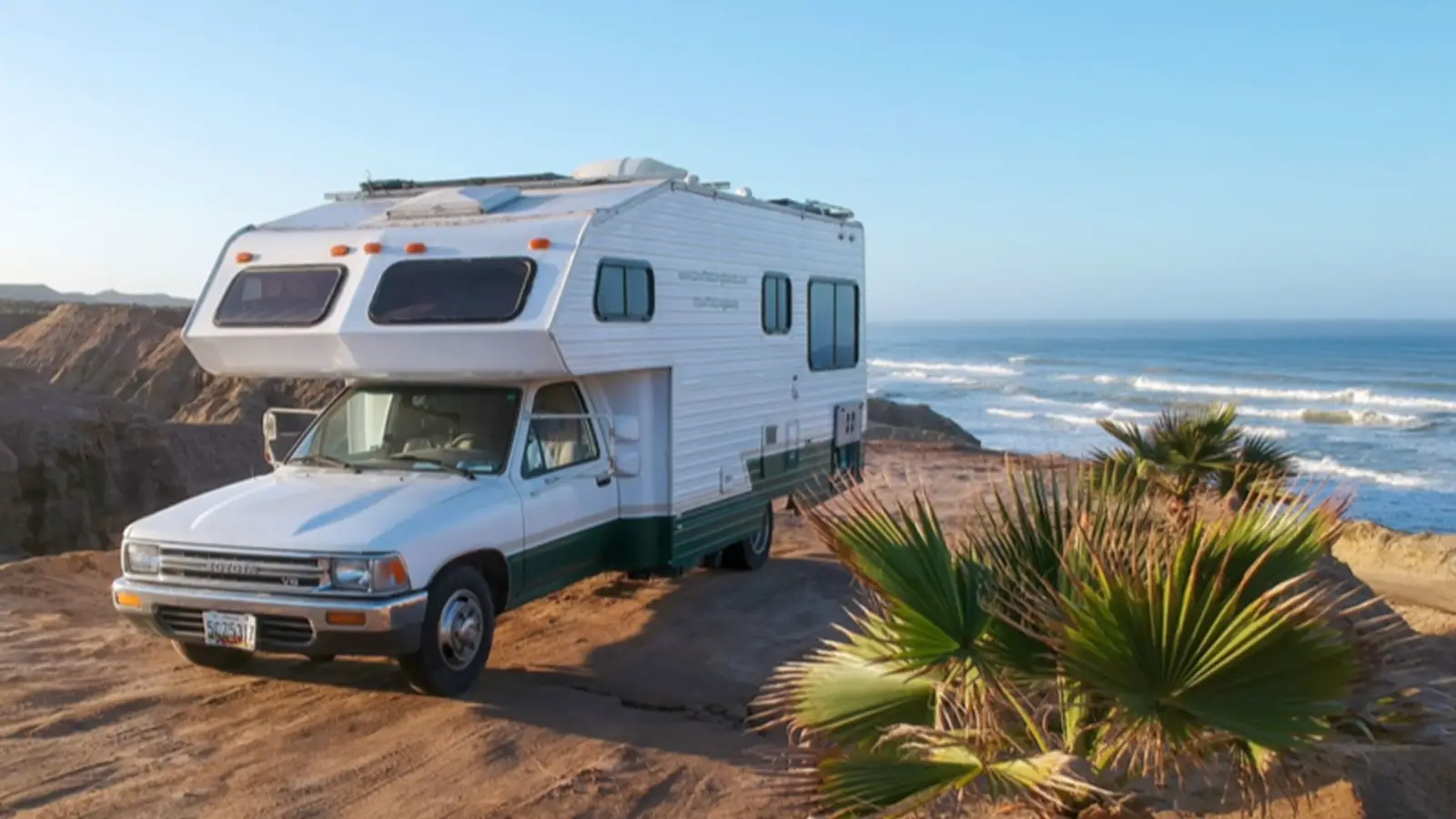
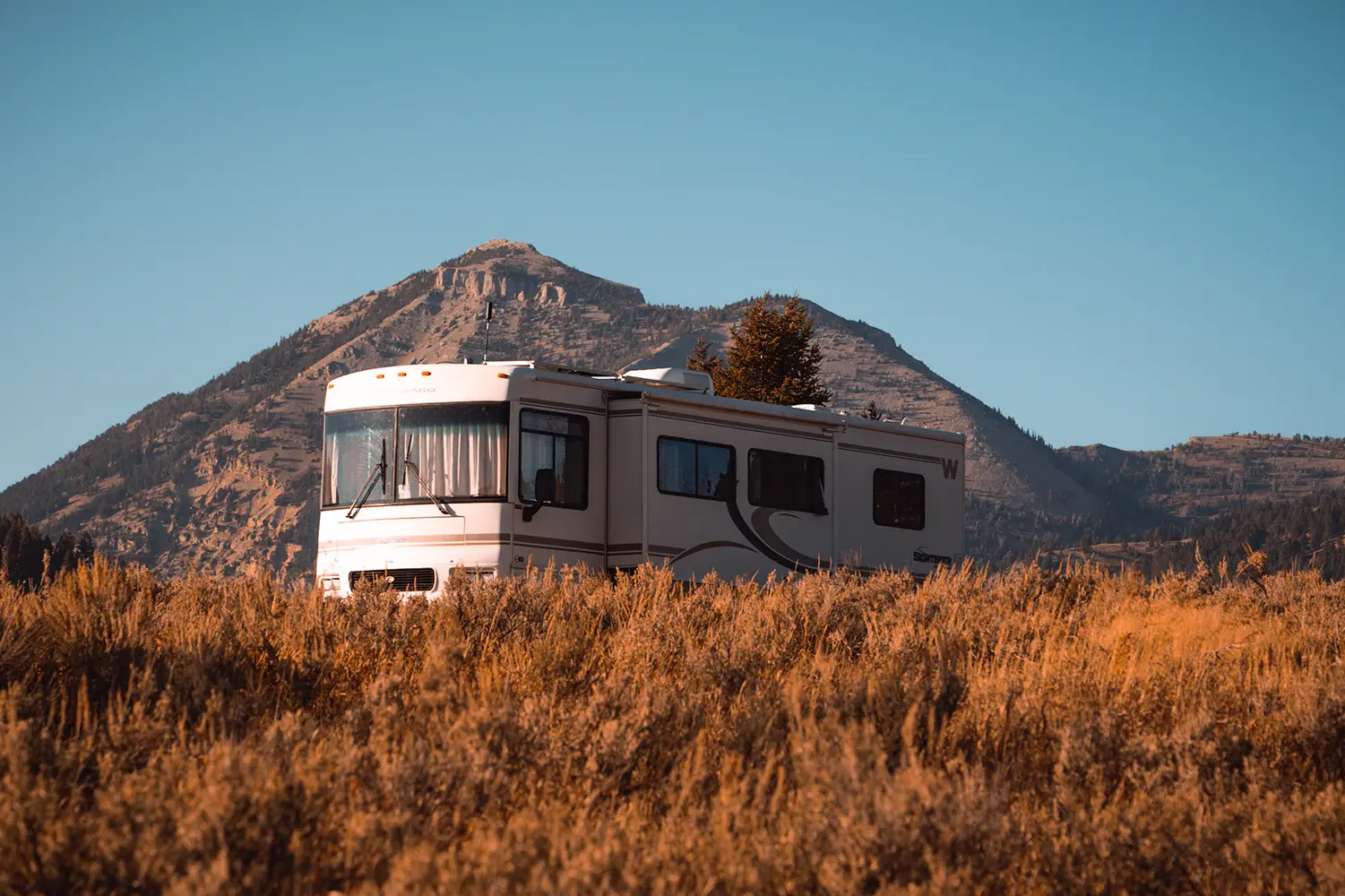
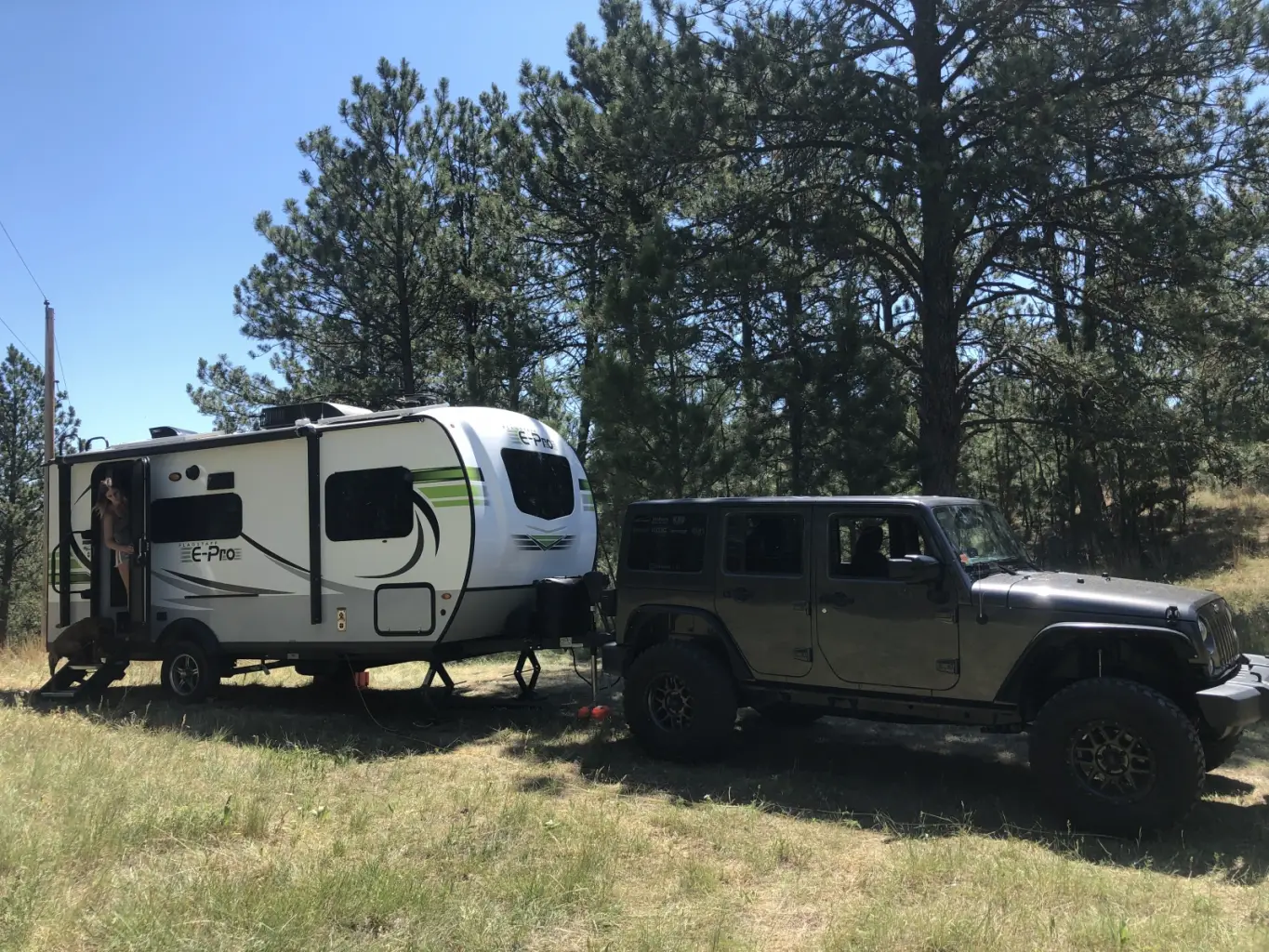

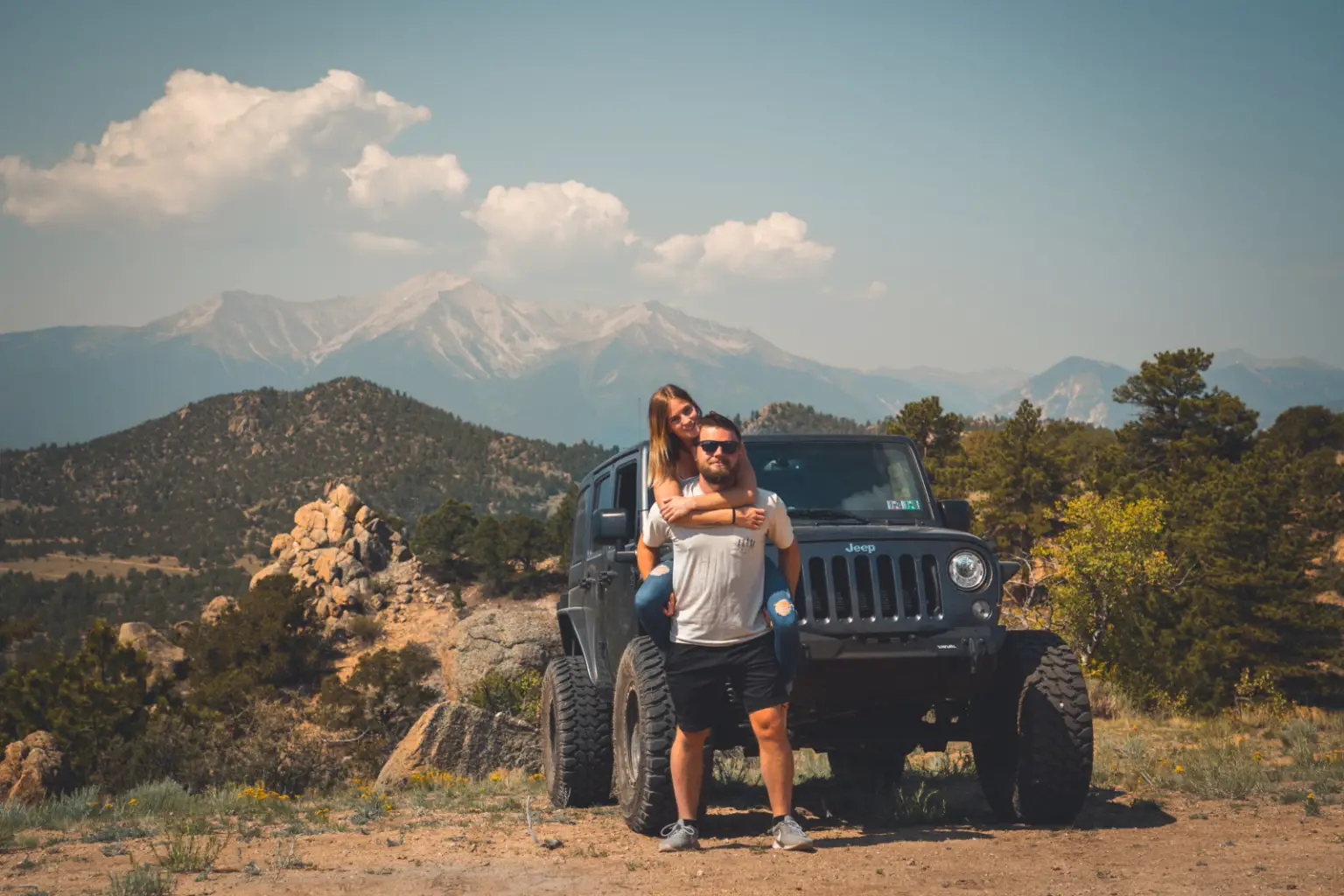
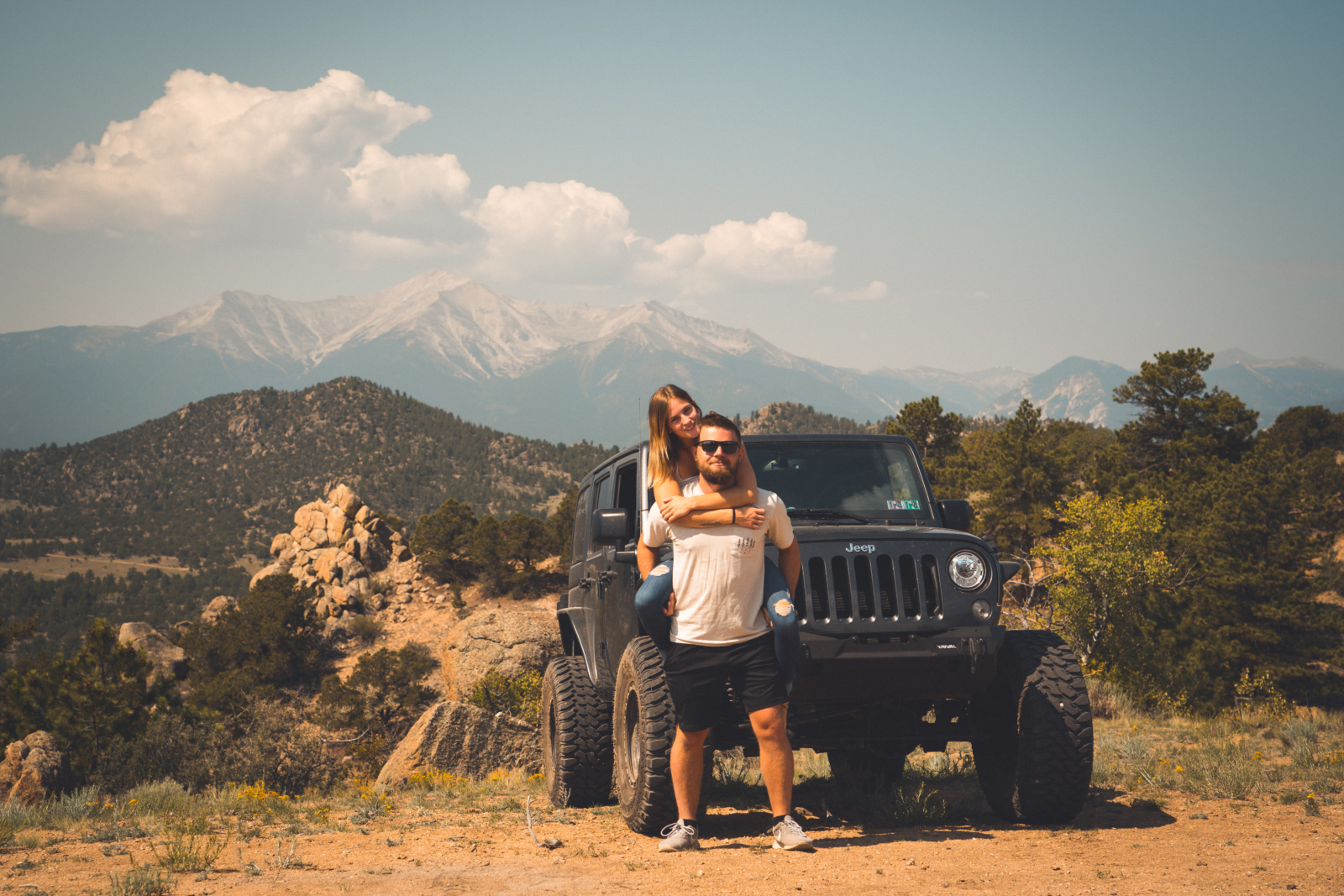 Things to do in Buena Vista Colorado – Hot Springs & Hiking in Buena Vista
Things to do in Buena Vista Colorado – Hot Springs & Hiking in Buena Vista
